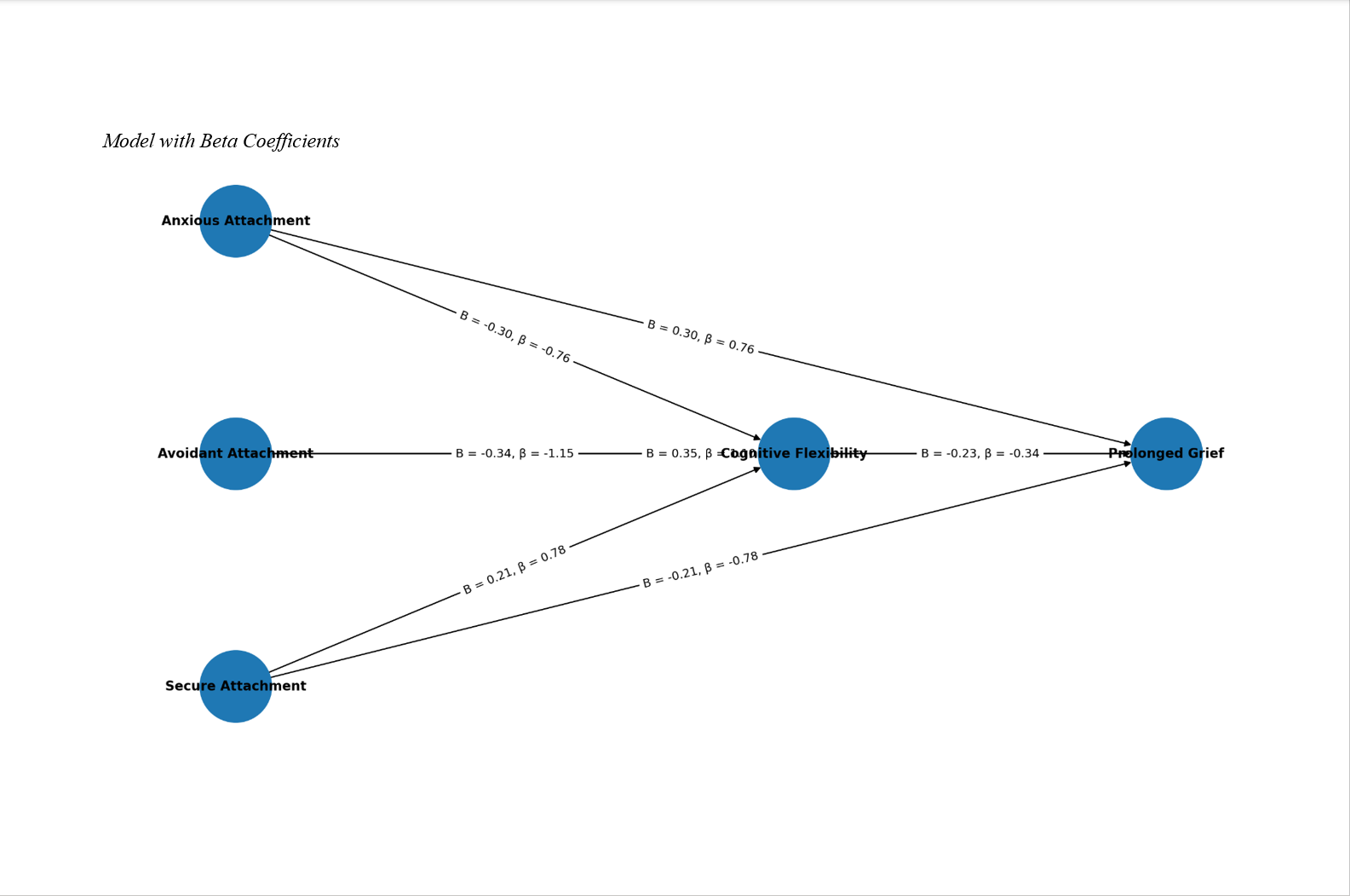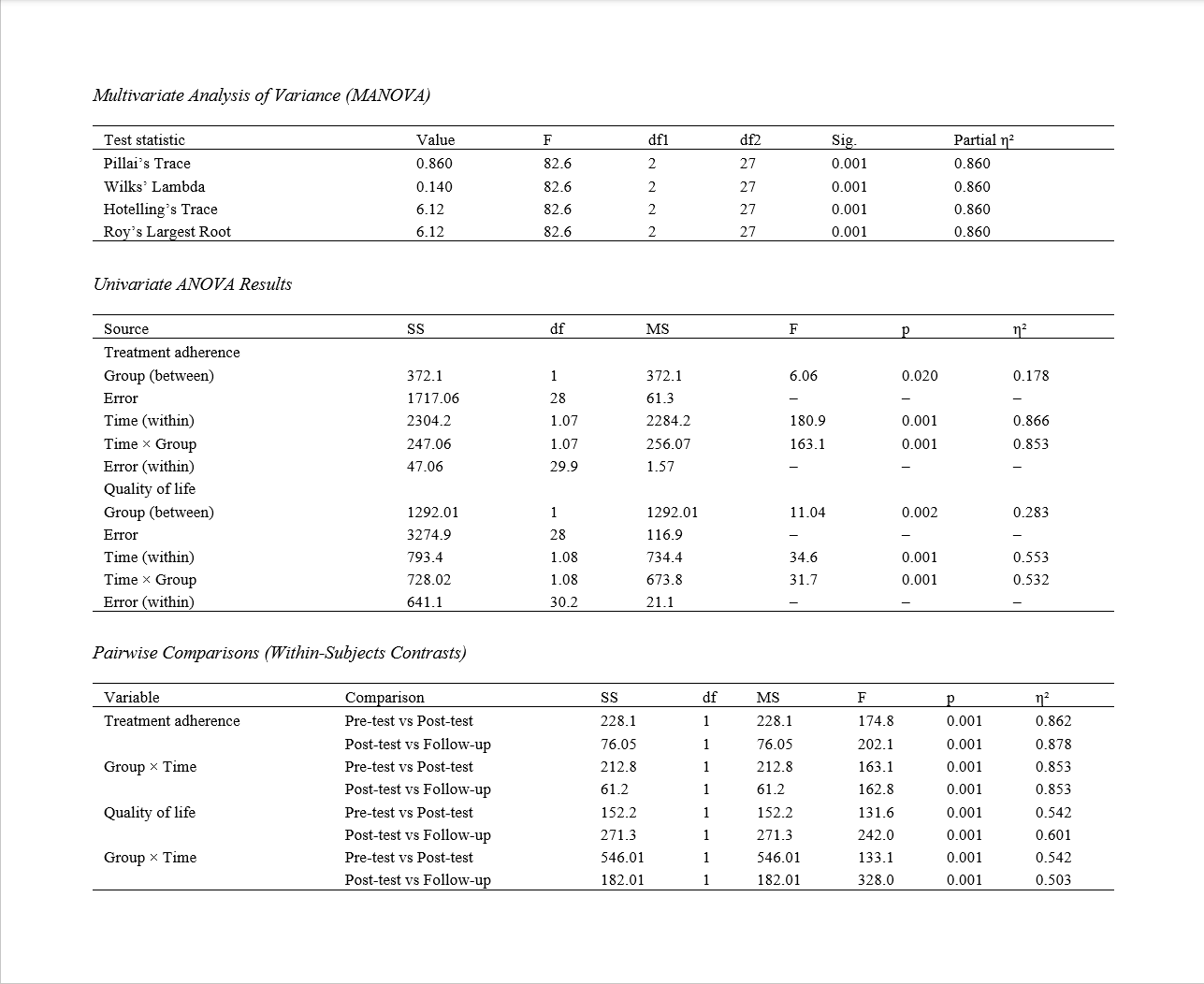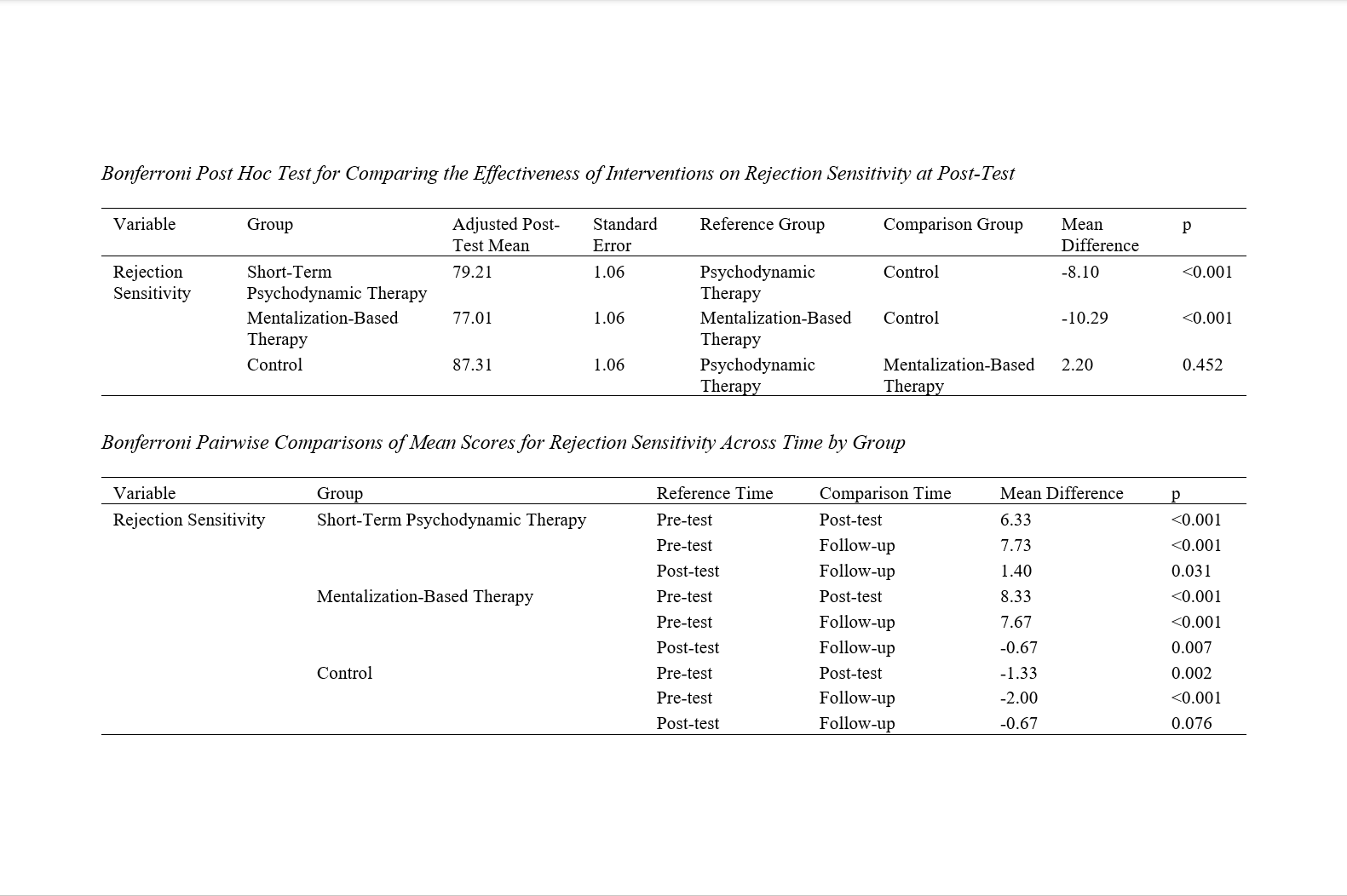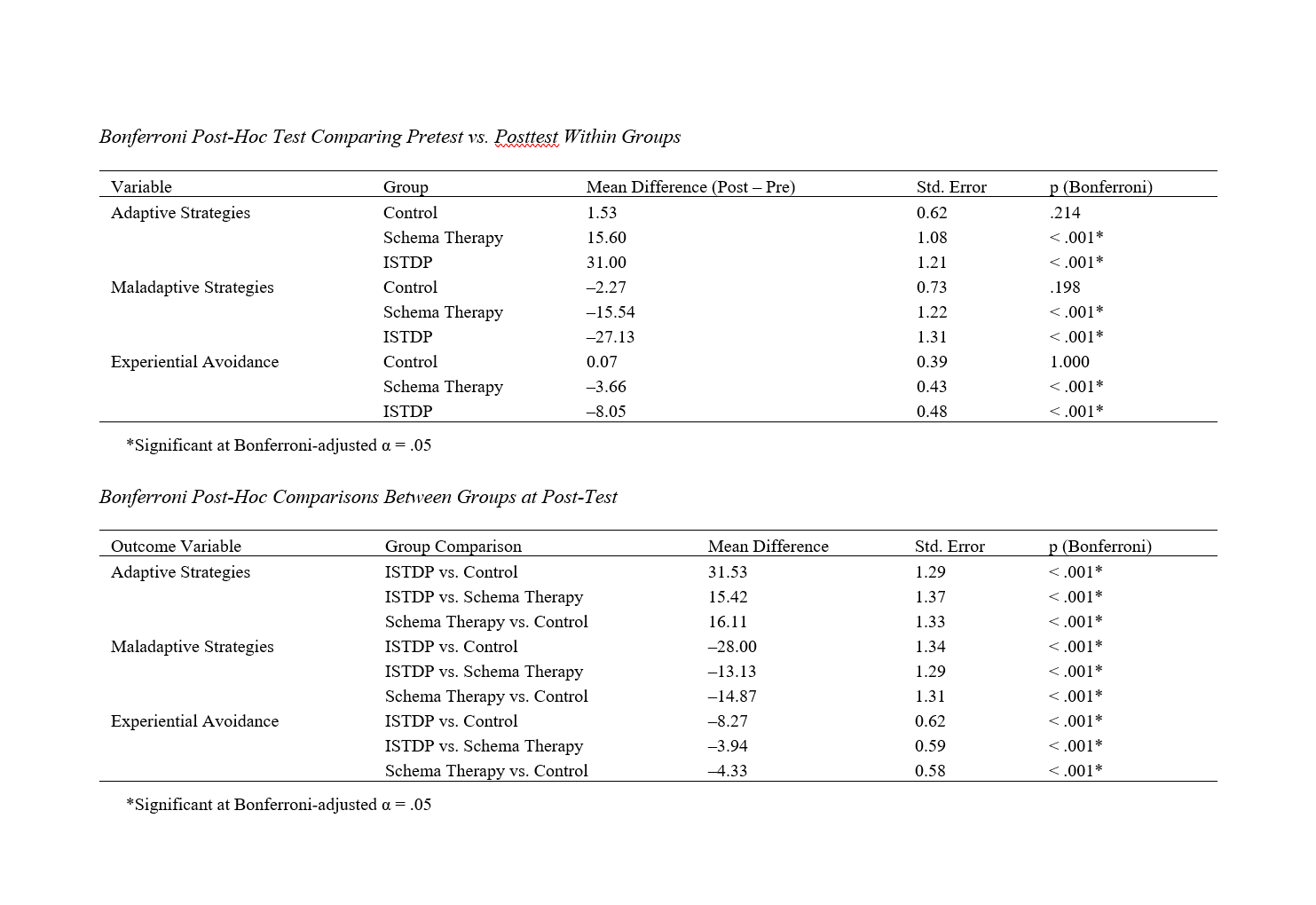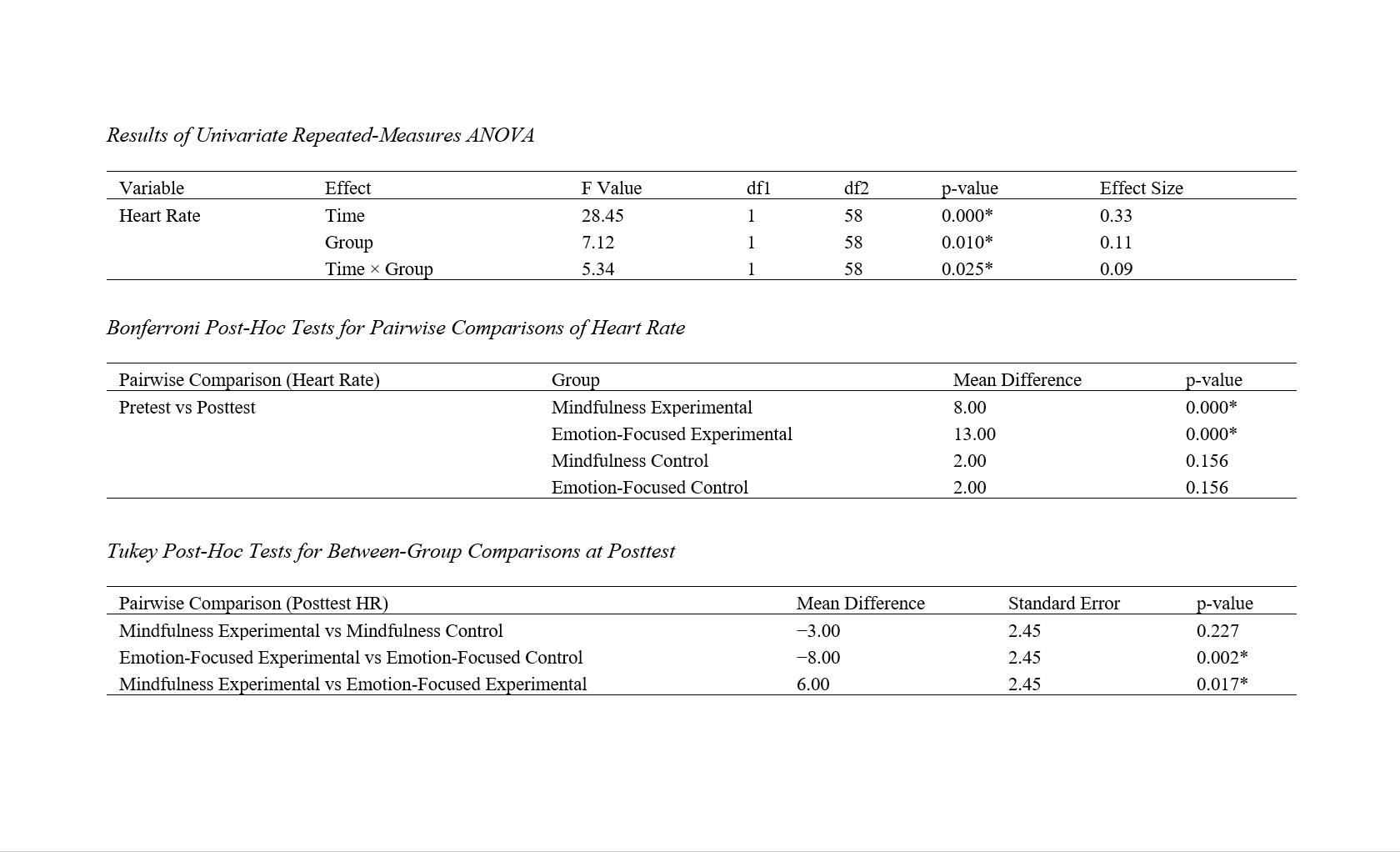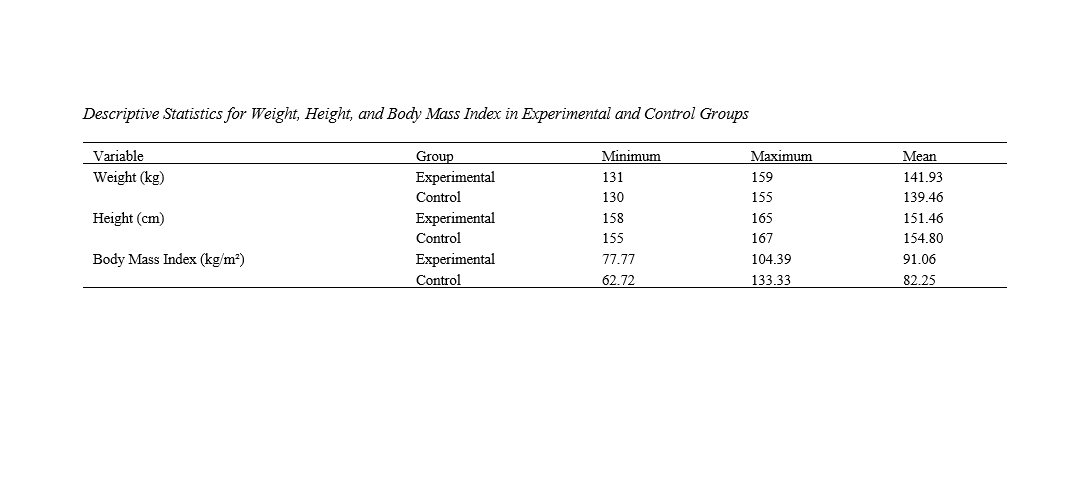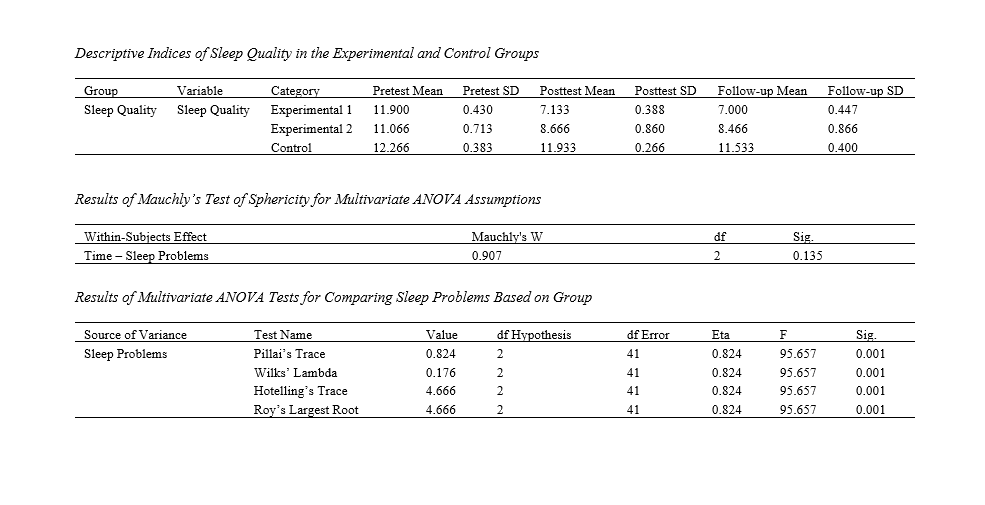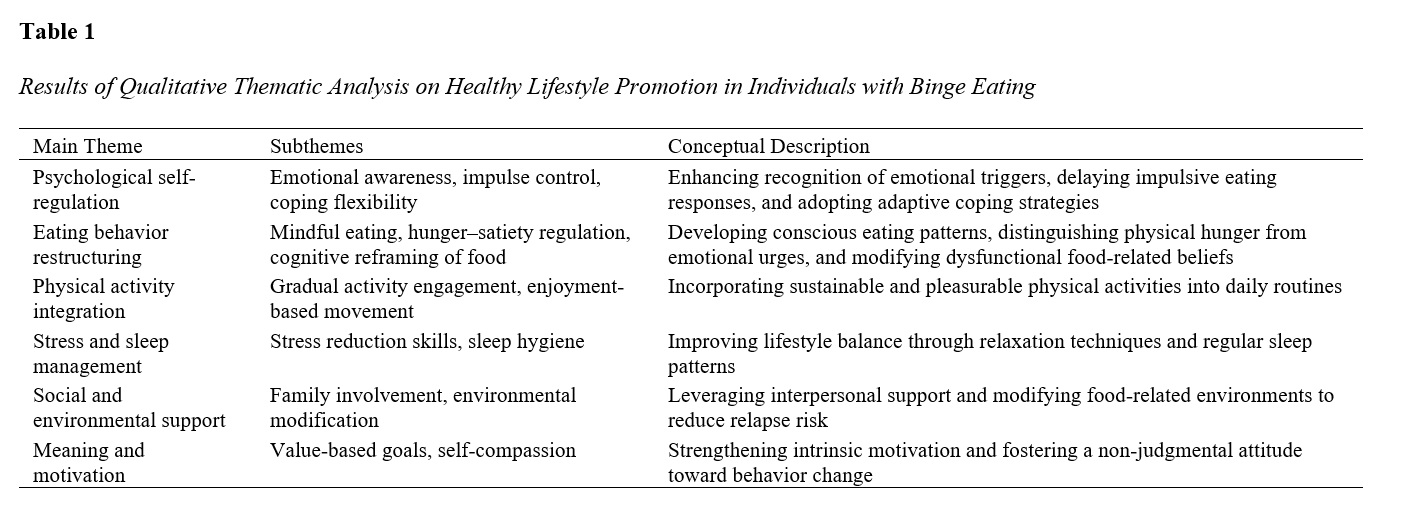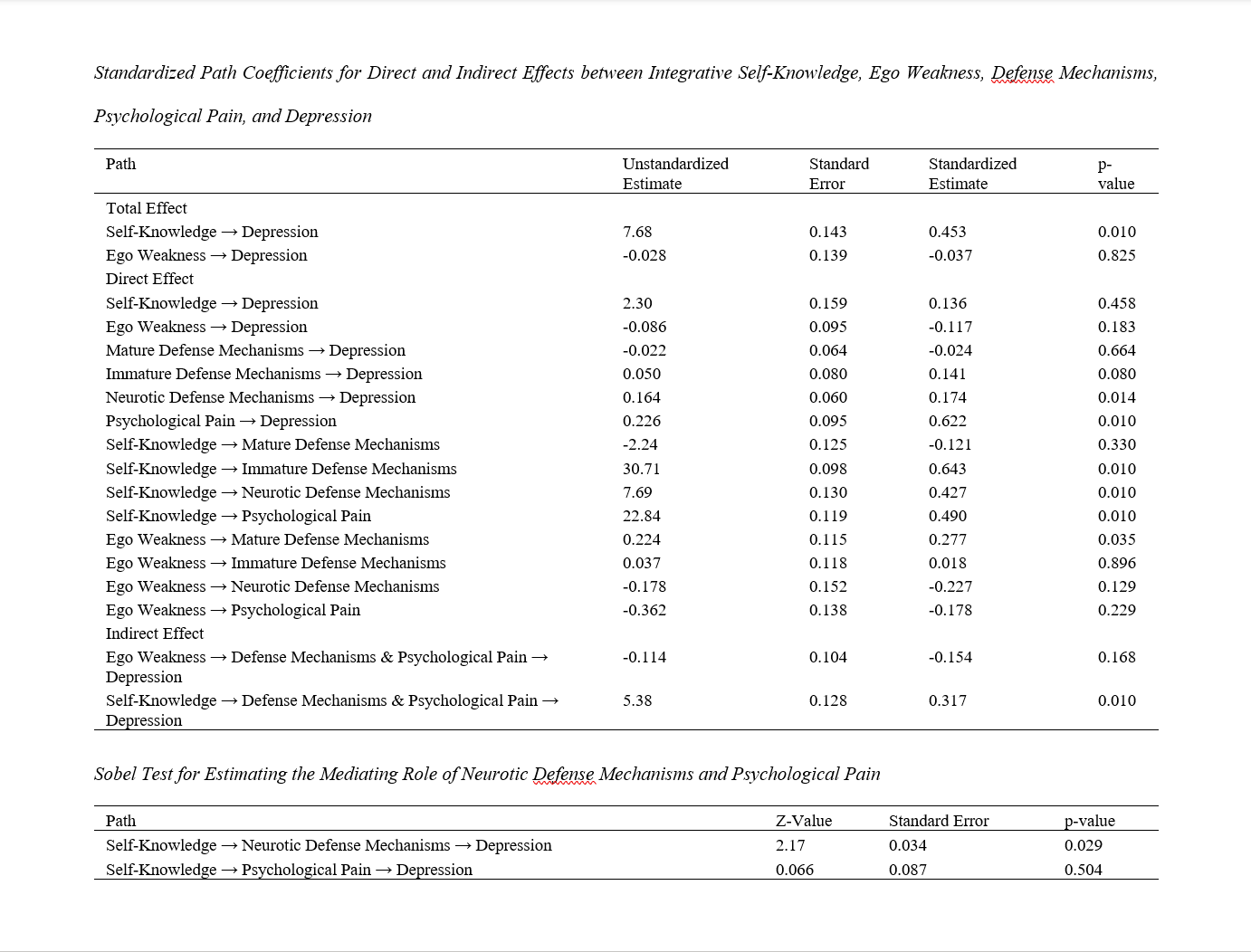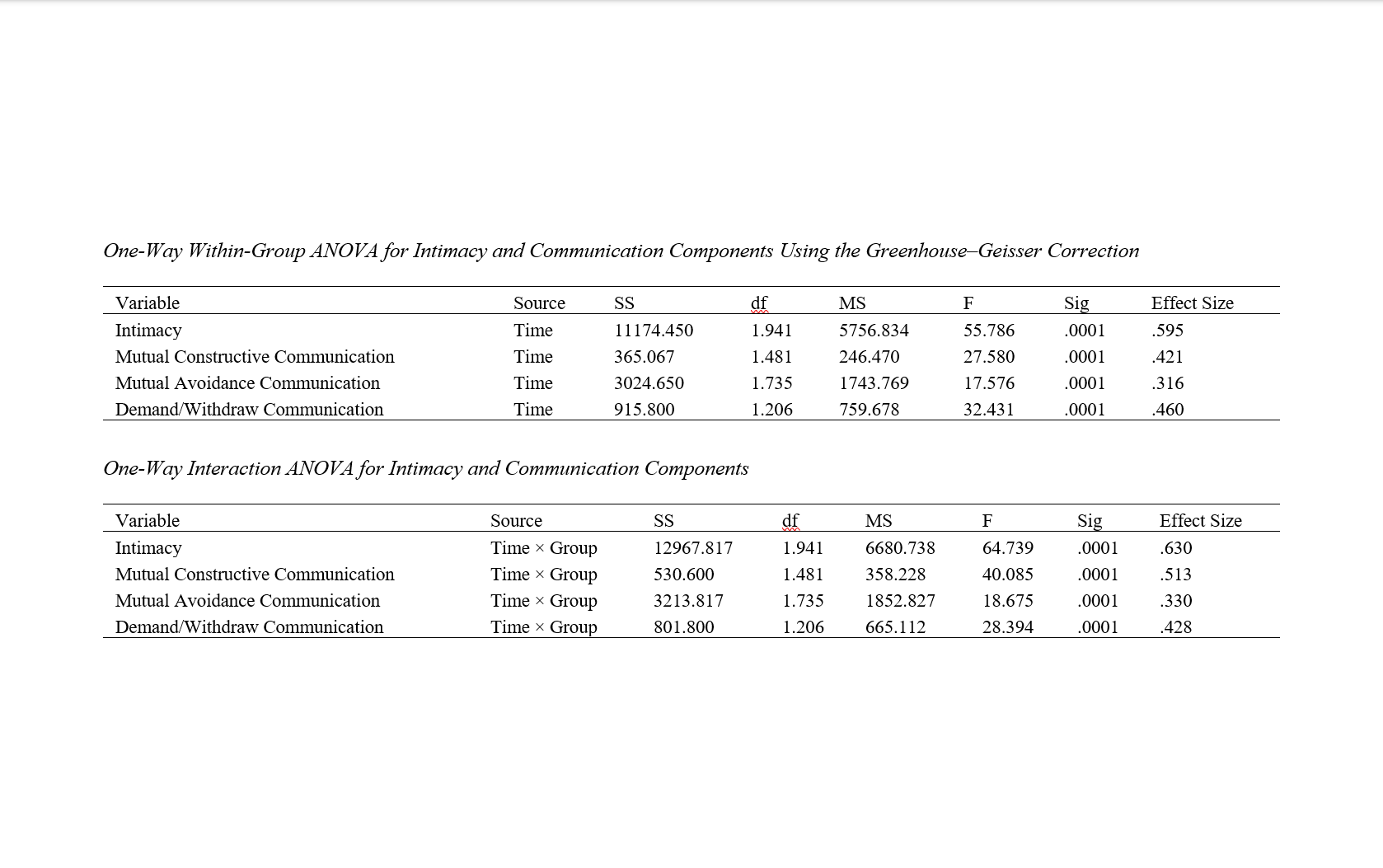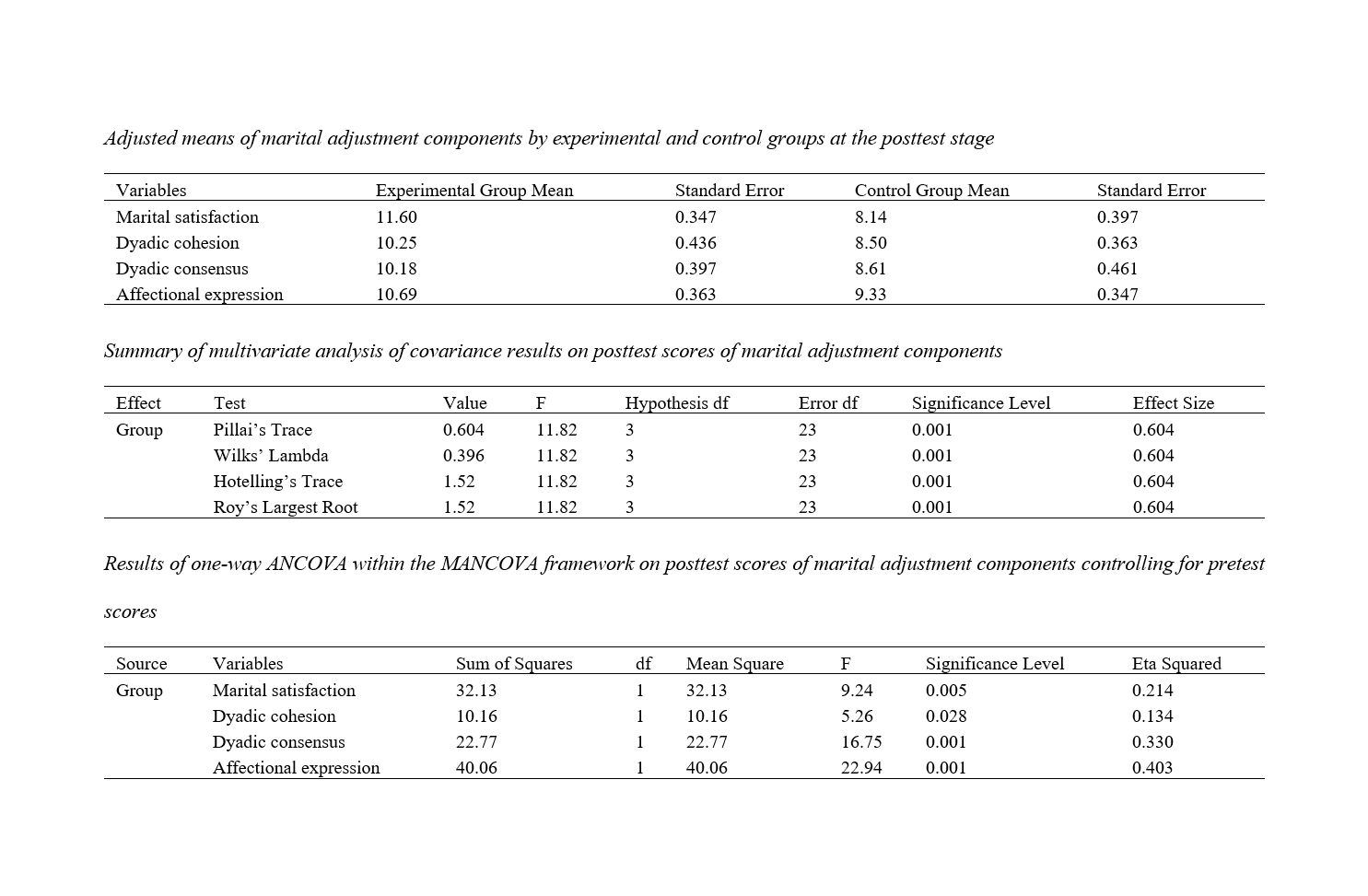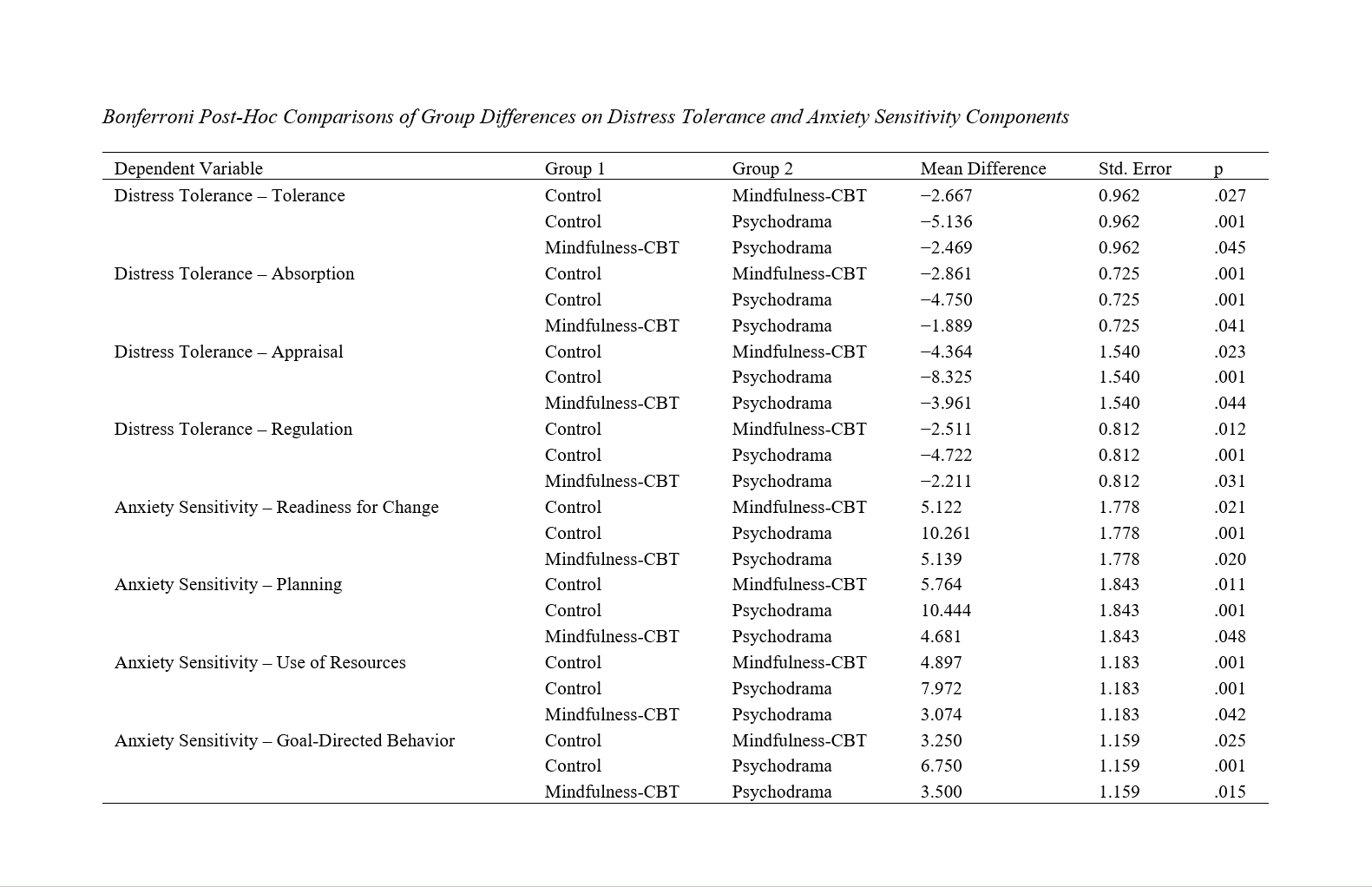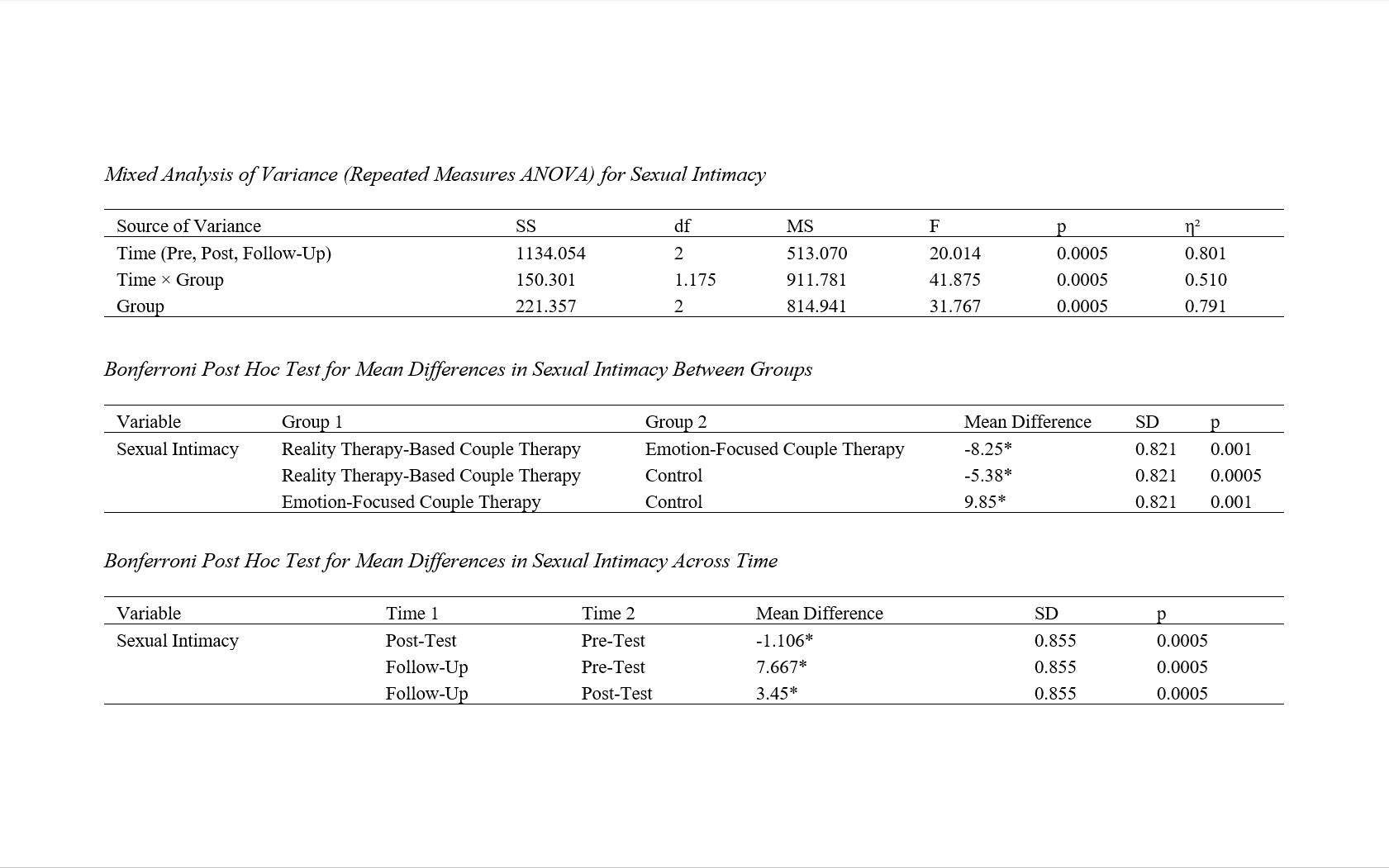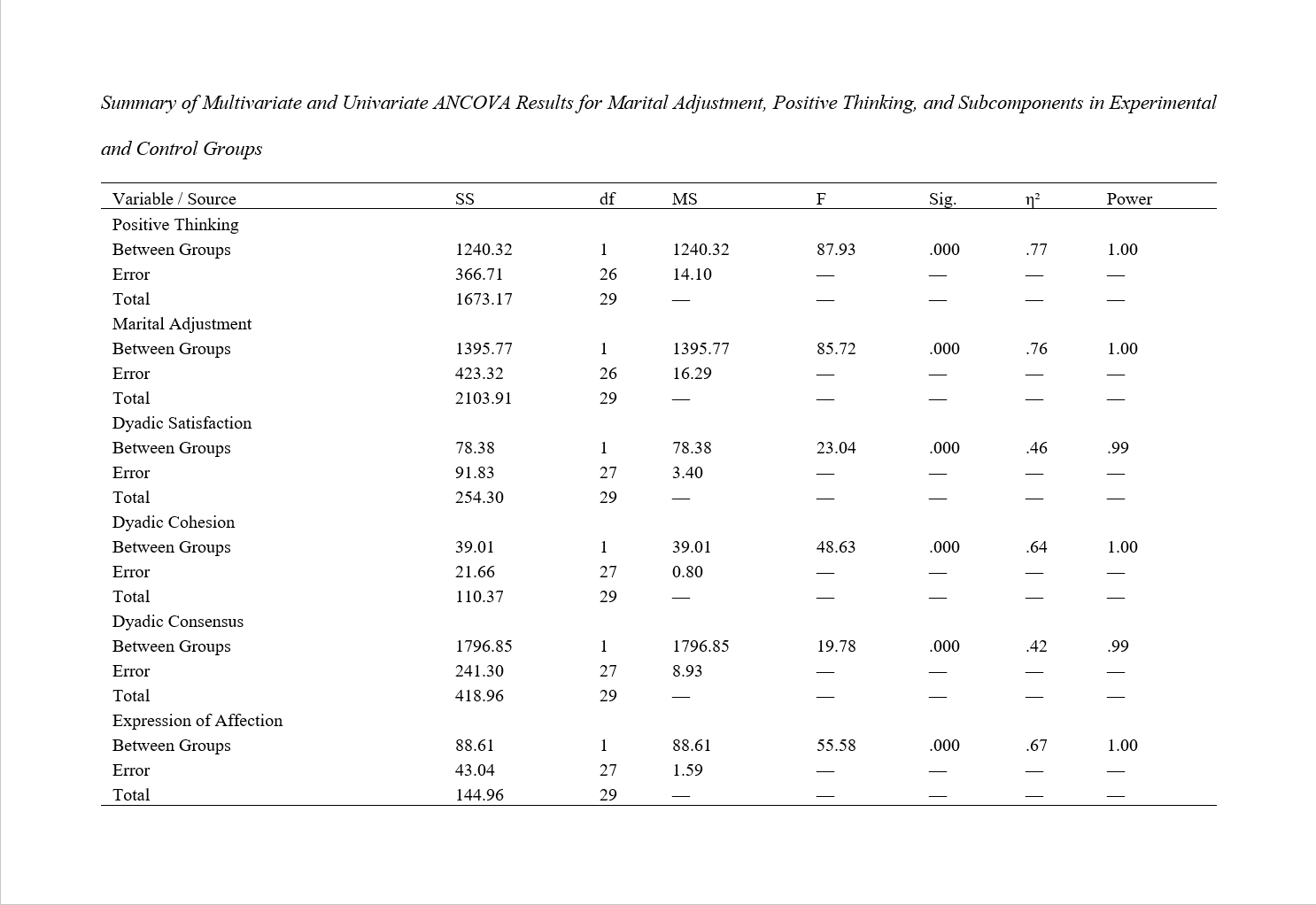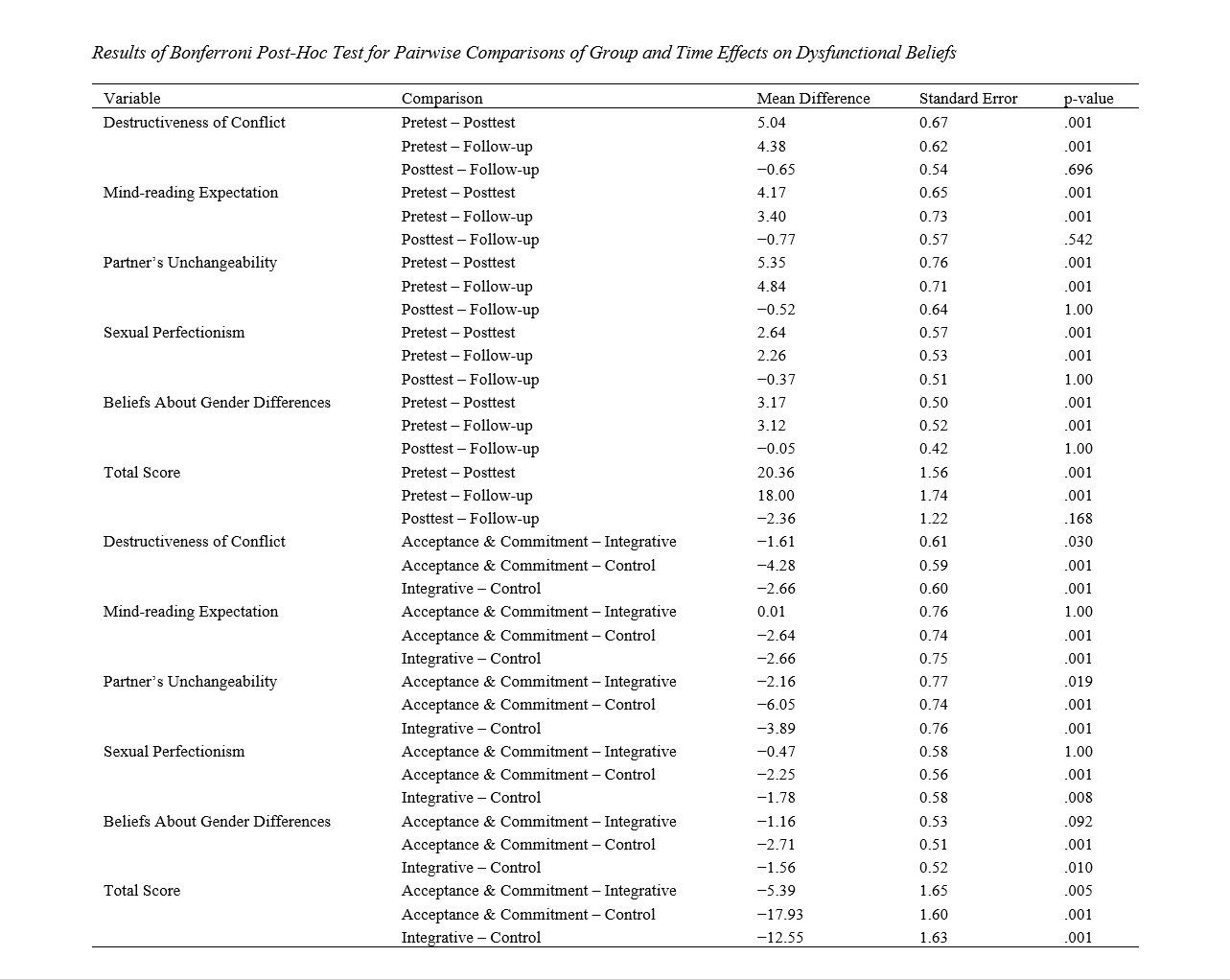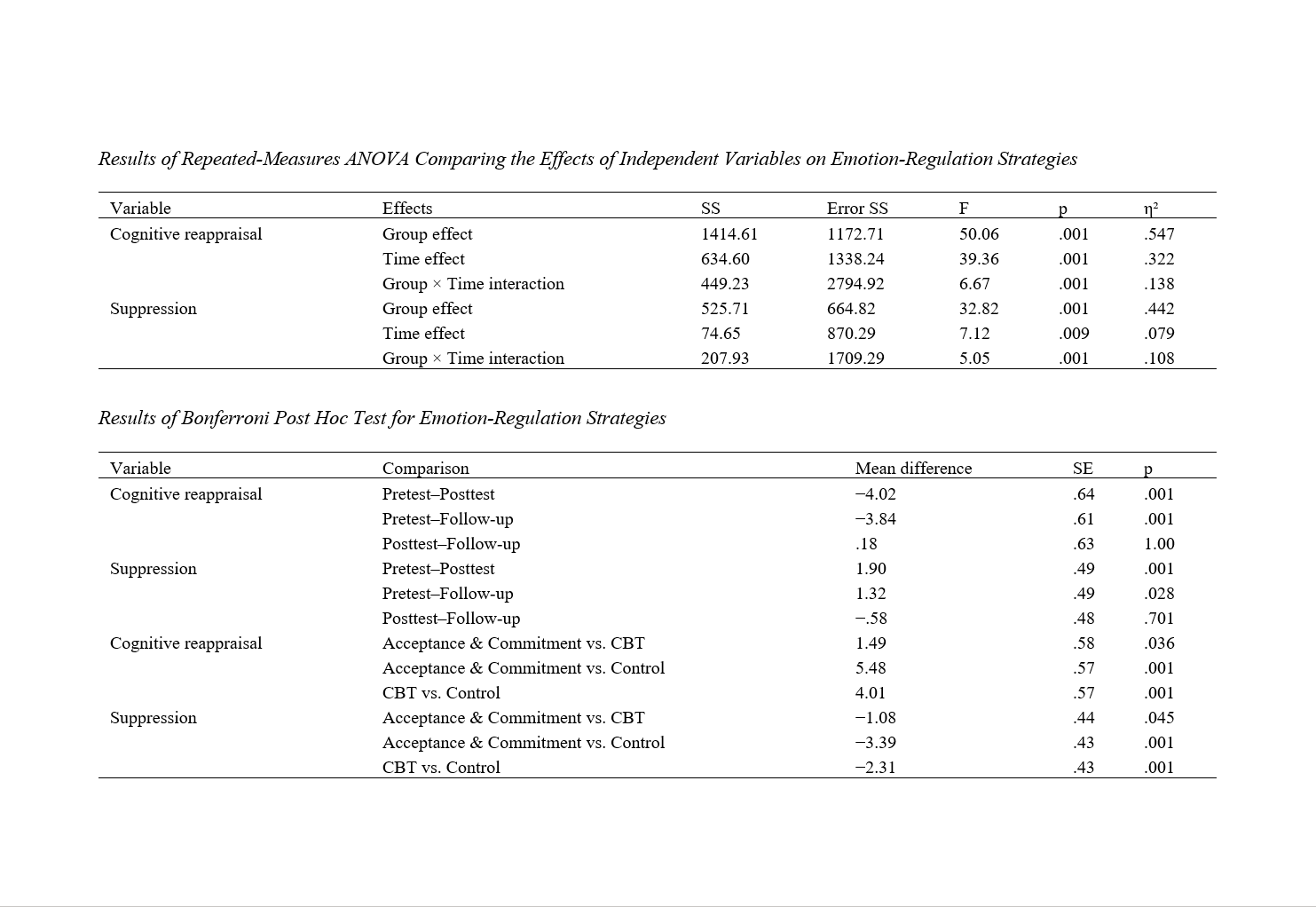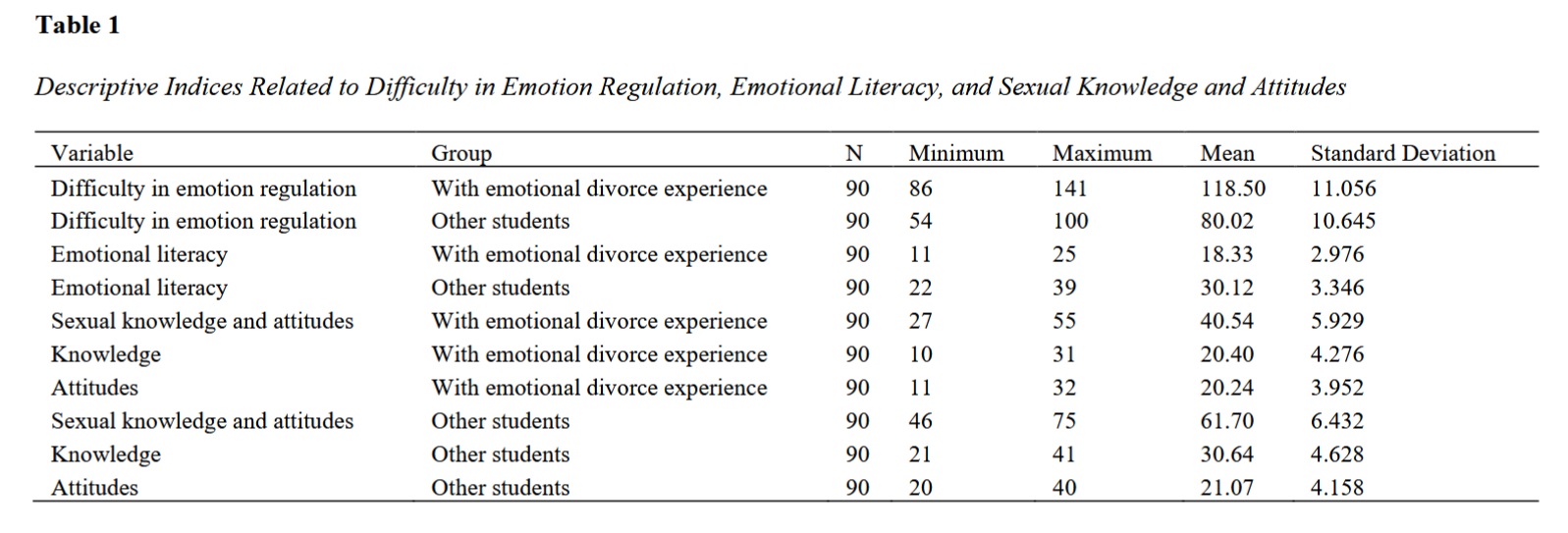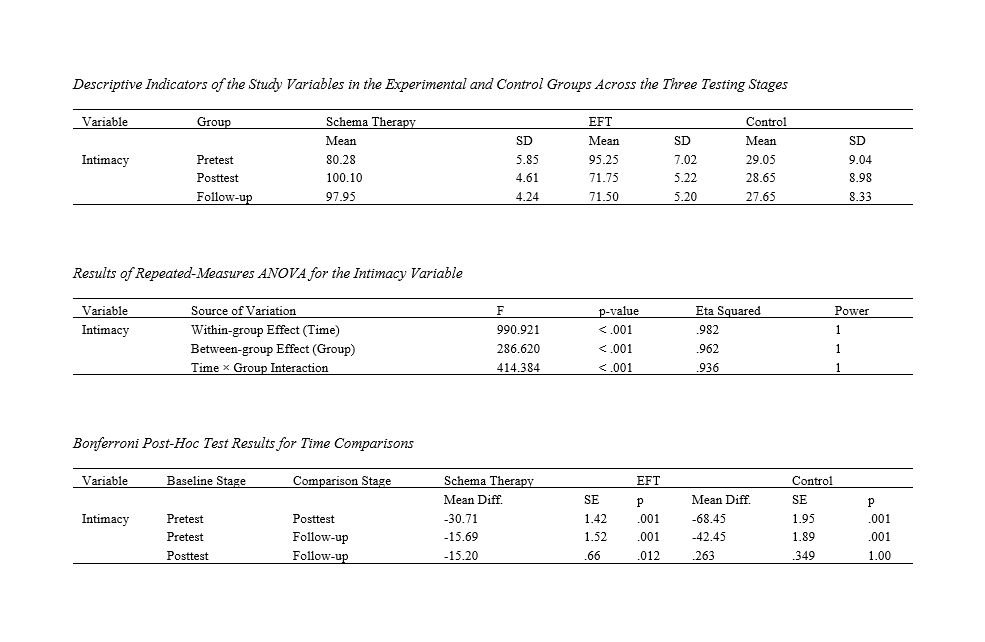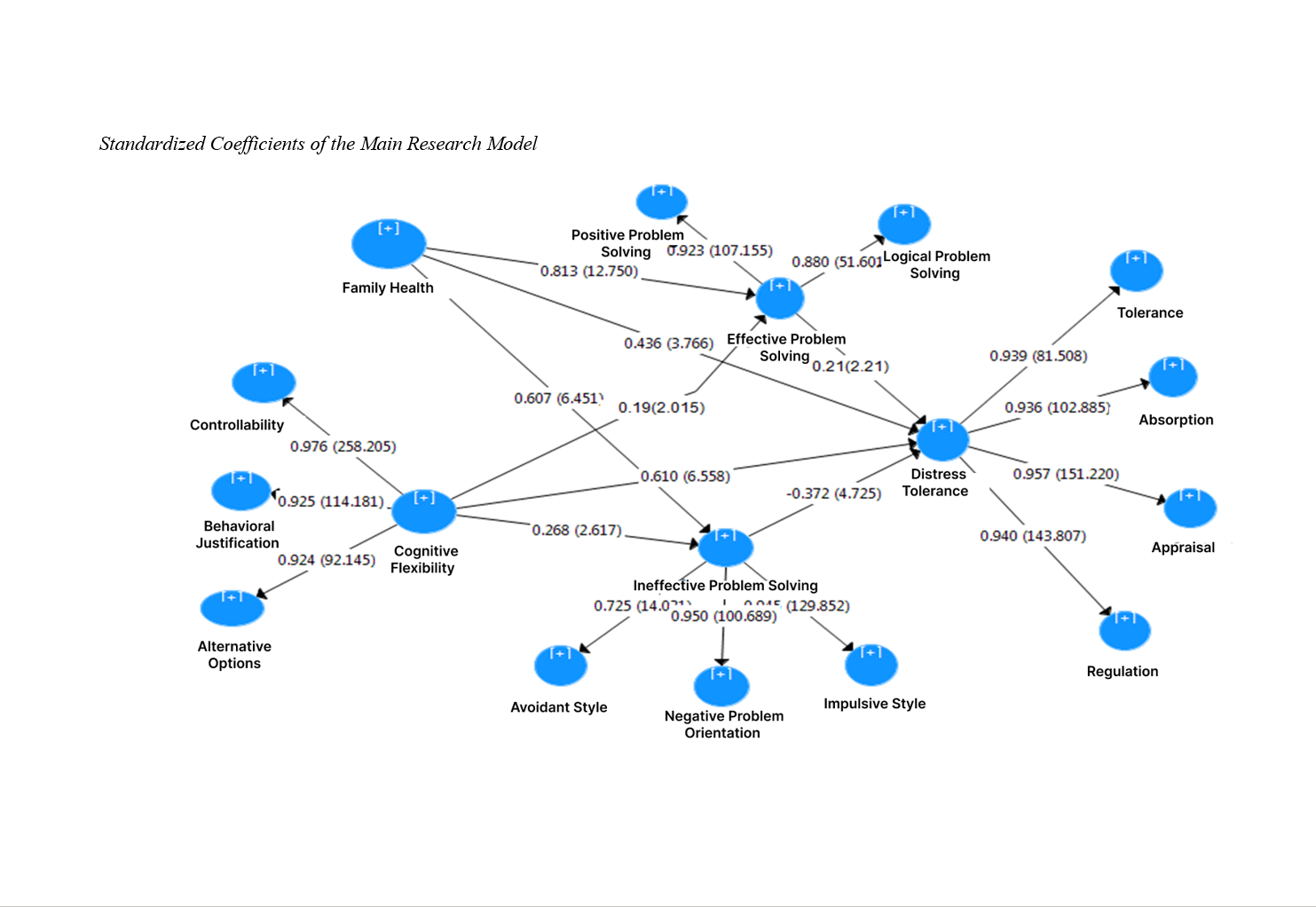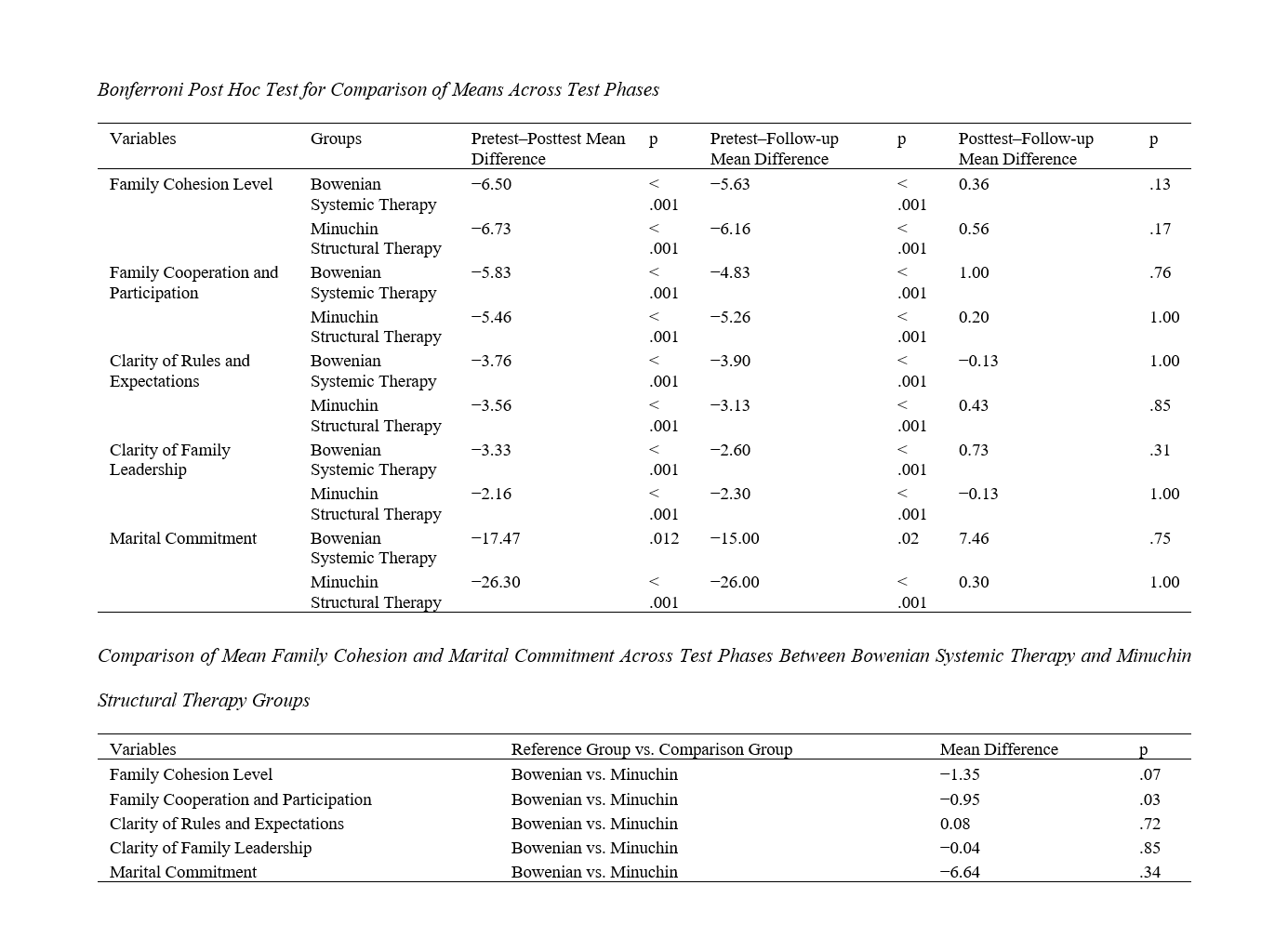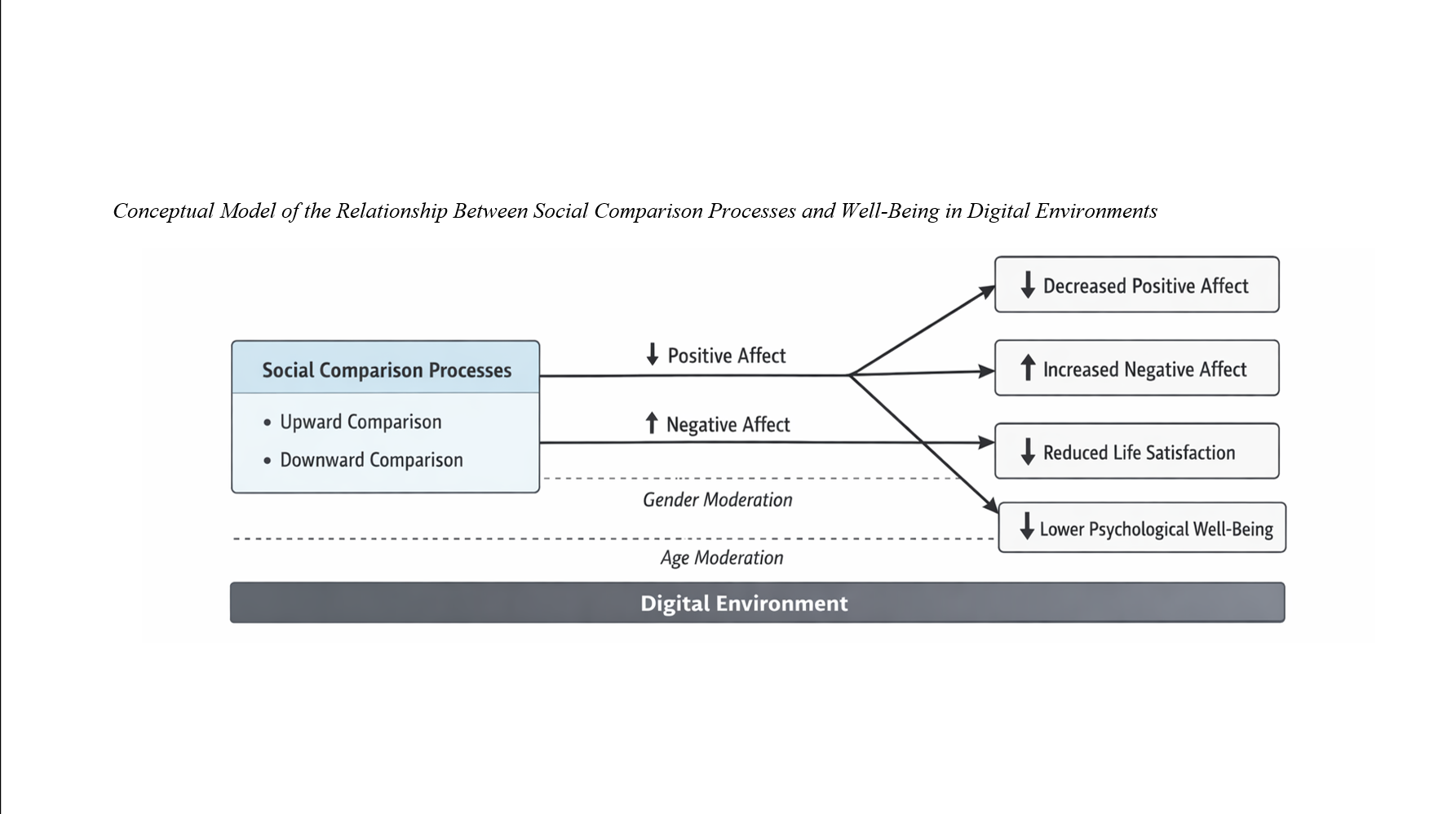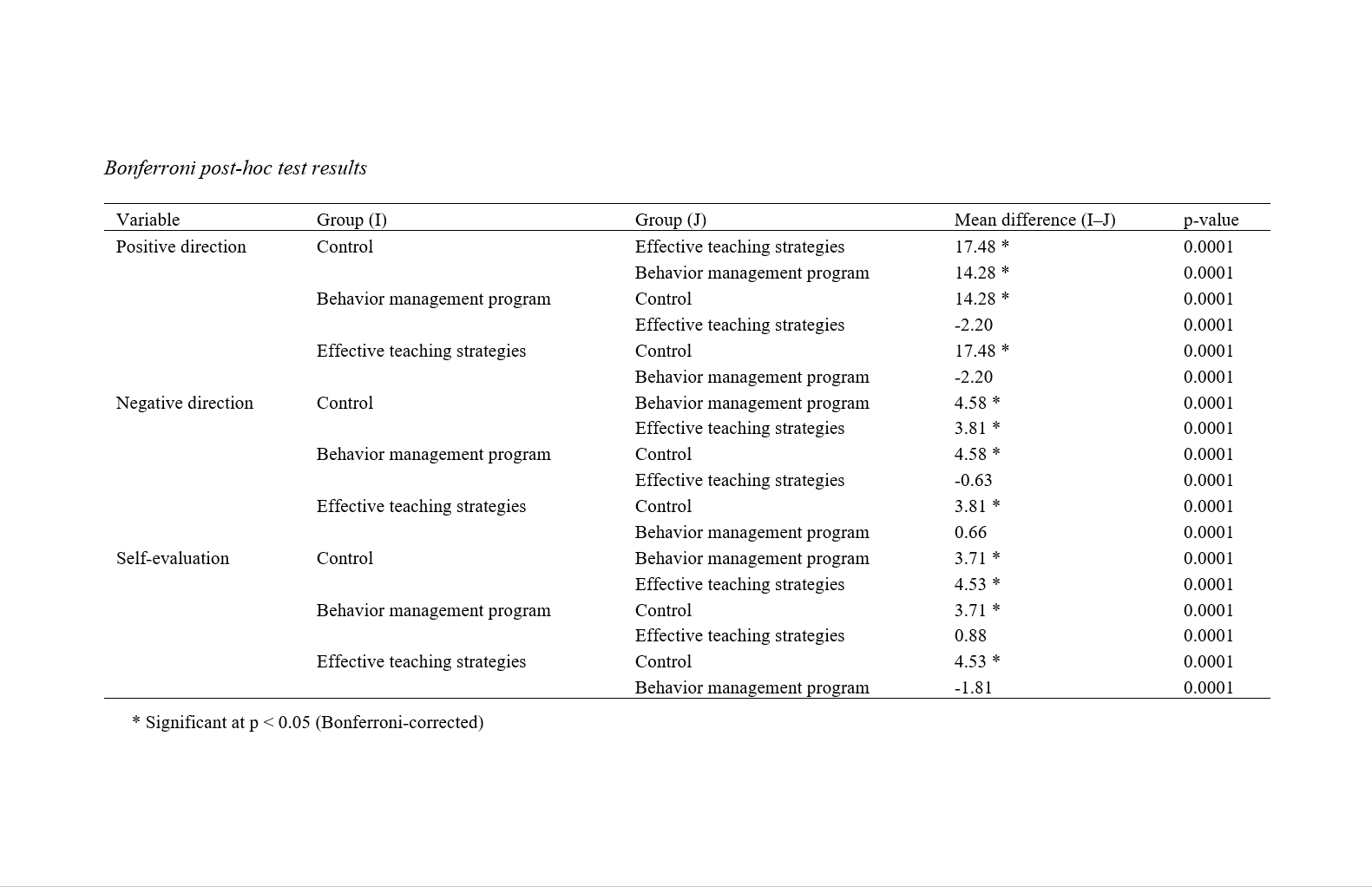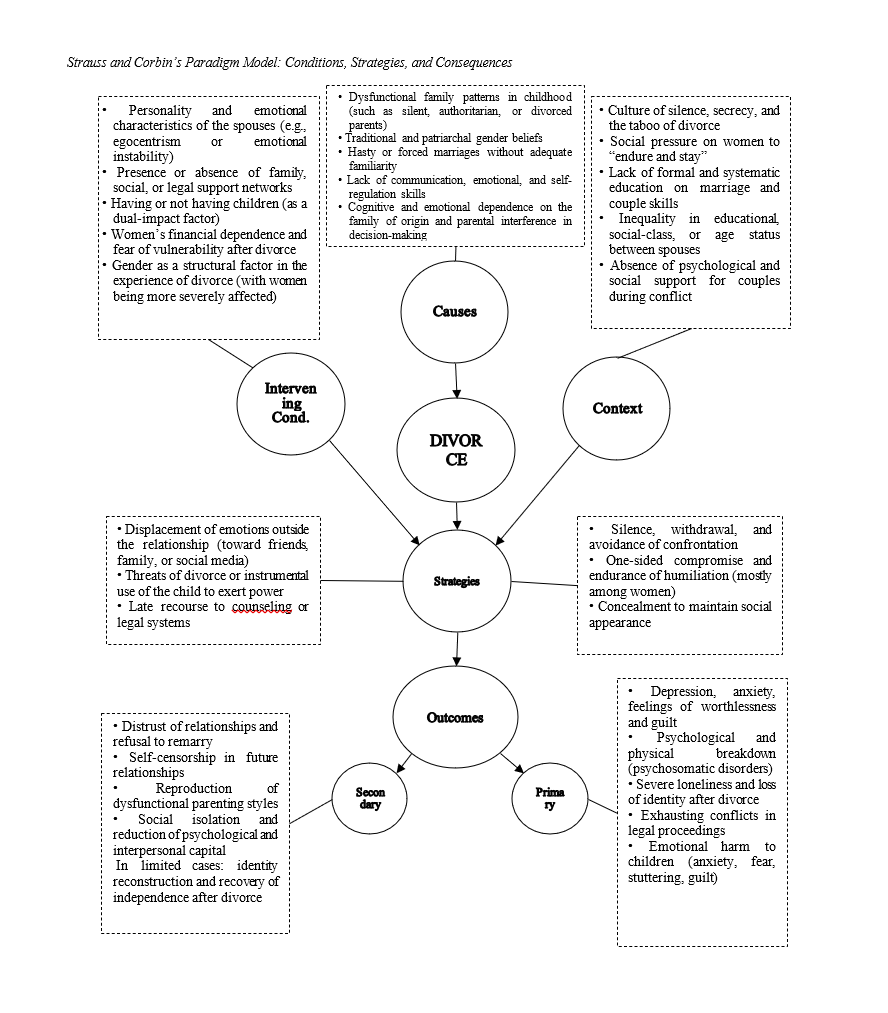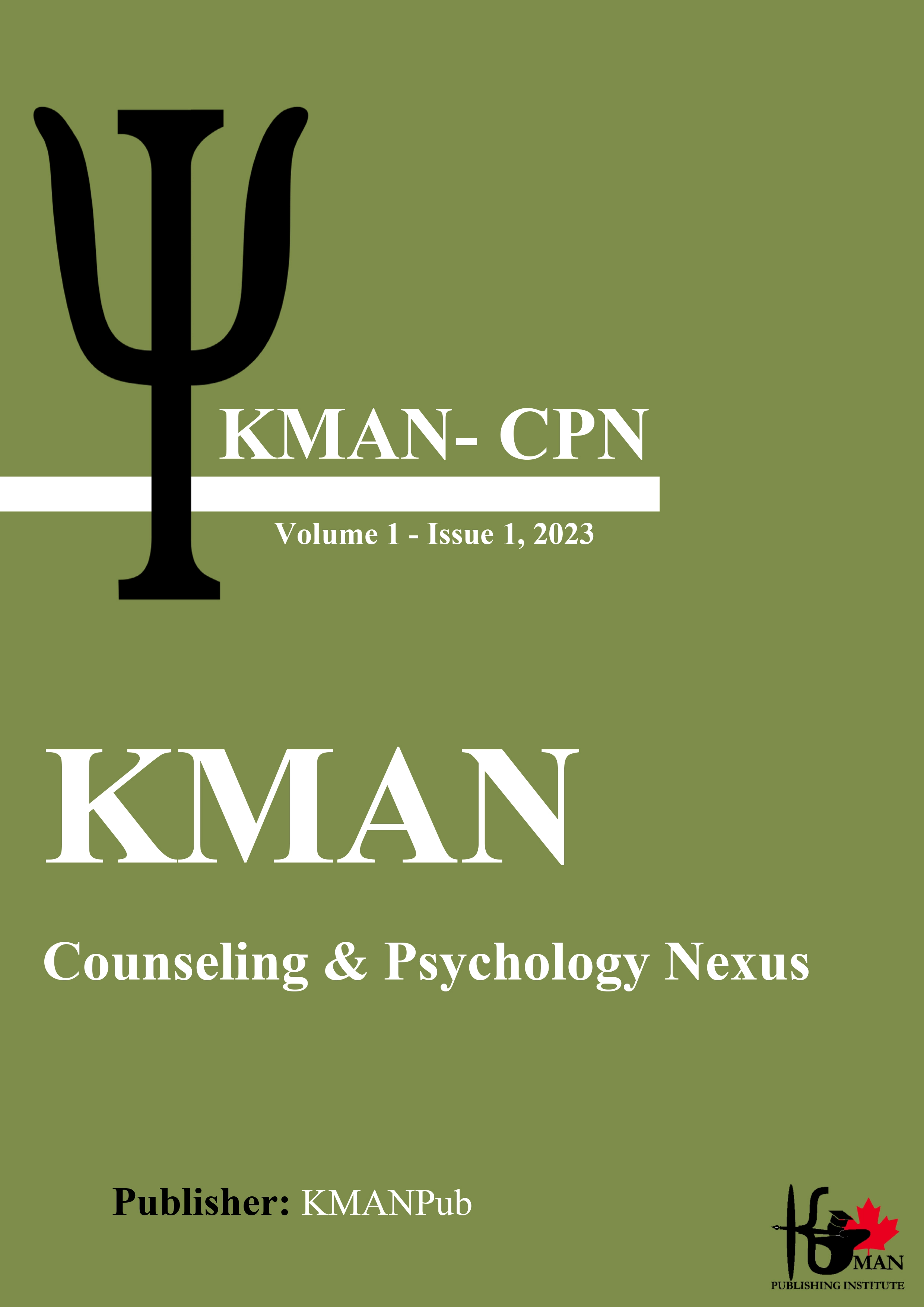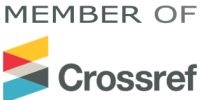About the Journal
- E-ISSN: 3041-9026
- Director-in-Charge: Dr. Nadereh Saadati
- Editor-in-Chief: Dr. Amelia Rizzo
- Associate editor: Dr. Sefa Bulut
- Owner: KMAN Research Institute
- Publisher: KMAN Publication Inc. (KMANPUB)
- Contact email: psychnexus@kmanpub.com /
kmanpsychnexus@gmail.com
-
Open access: YES
KMAN Counseling and Psychology Nexus stands as a pioneering megajournal in the field of psychology, offering an innovative approach to scholarly publishing. It uniquely combines both open peer-review and double-blind anonymous peer-review processes, ensuring the highest standards of academic rigor and transparency.
KMAN Counseling and Psychology Nexus invites researchers and practitioners to contribute to these dynamic fields. Each section is open for new submissions, welcoming innovative and impactful research that advances the understanding of various psychological disciplines. Authors are encouraged to share their insights and discoveries, contributing to the rich tapestry of knowledge in the realm of psychological science.
Sections and Focus Areas:
Health Psychology: This section is dedicated to manuscripts exploring the interplay between psychological factors and physical health. It emphasizes research aimed at understanding how psychological variables impact physical well-being and developing interventions to enhance health and wellness.
Clinical Psychology: Focusing on the diagnosis, treatment, and prevention of mental illnesses and emotional disorders, this section encourages manuscripts that delve into the causes and mechanisms of mental illnesses and propose effective intervention strategies.
Rehabilitation Counseling: Manuscripts in this section concentrate on enhancing the quality of life for individuals with disabilities. The focus is on overcoming barriers in various life aspects, including employment and education, and promoting independence and self-sufficiency.
Educational Psychology and Counseling: This section invites research that aids students in achieving academic and personal success. Key areas include strategies for improving study skills, time management, and the development of social and emotional skills crucial for school success and beyond.
Family and Couple Therapy: This section is divided into two sub-areas:
Family Therapy: Research here aims to enhance family communication, resolve conflicts, and understand the dynamics of healthy family functioning.
Couple Therapy: Manuscripts should focus on improving communication and resolving conflicts in romantic relationships, exploring the elements that contribute to healthy relationship dynamics.
Occupational and Organizational Counseling: This section looks for manuscripts that address the well-being and productivity of employees, focusing on creating positive work environments, employee wellness, and the impact of work-related stress.
Developmental Psychology: Dedicated to understanding the lifelong changes in individuals, this section seeks manuscripts that explore psychological, cognitive, and social development from infancy to adulthood, including influences like language acquisition, emotional and social development, and the role of cultural and societal factors.
Individuals with Special Needs: This section focuses on the development of communication skills, emotional regulation, social interaction, and adaptive learning strategies. Additionally, these studies explore the impact of environmental factors, such as family dynamics and educational settings, on the psychological well-being of individuals with special needs. The goal is to develop tailored interventions that enhance the quality of life, foster independence, and support the integration of individuals with special needs into society.
KMANCPN publishes two issues per year, with occasional special issues coming in addition.
About the Publisher
Publisher: KMAN Publication Inc.
Publisher Office: Unit 5‑10825 Yonge St, Richmond Hill, Ontario, Canada, L4C 3E3
https://journals.kmanpub.com
Email: kmanpu@kmanpub.com
Telegram: +1 (647) 656‑4401 | WhatsApp: +1 (437) 429‑3507
Germany Office: Dratelnstrasse, Wohnung A60, 21119 Hamburg, Germany (+4915207720487)

